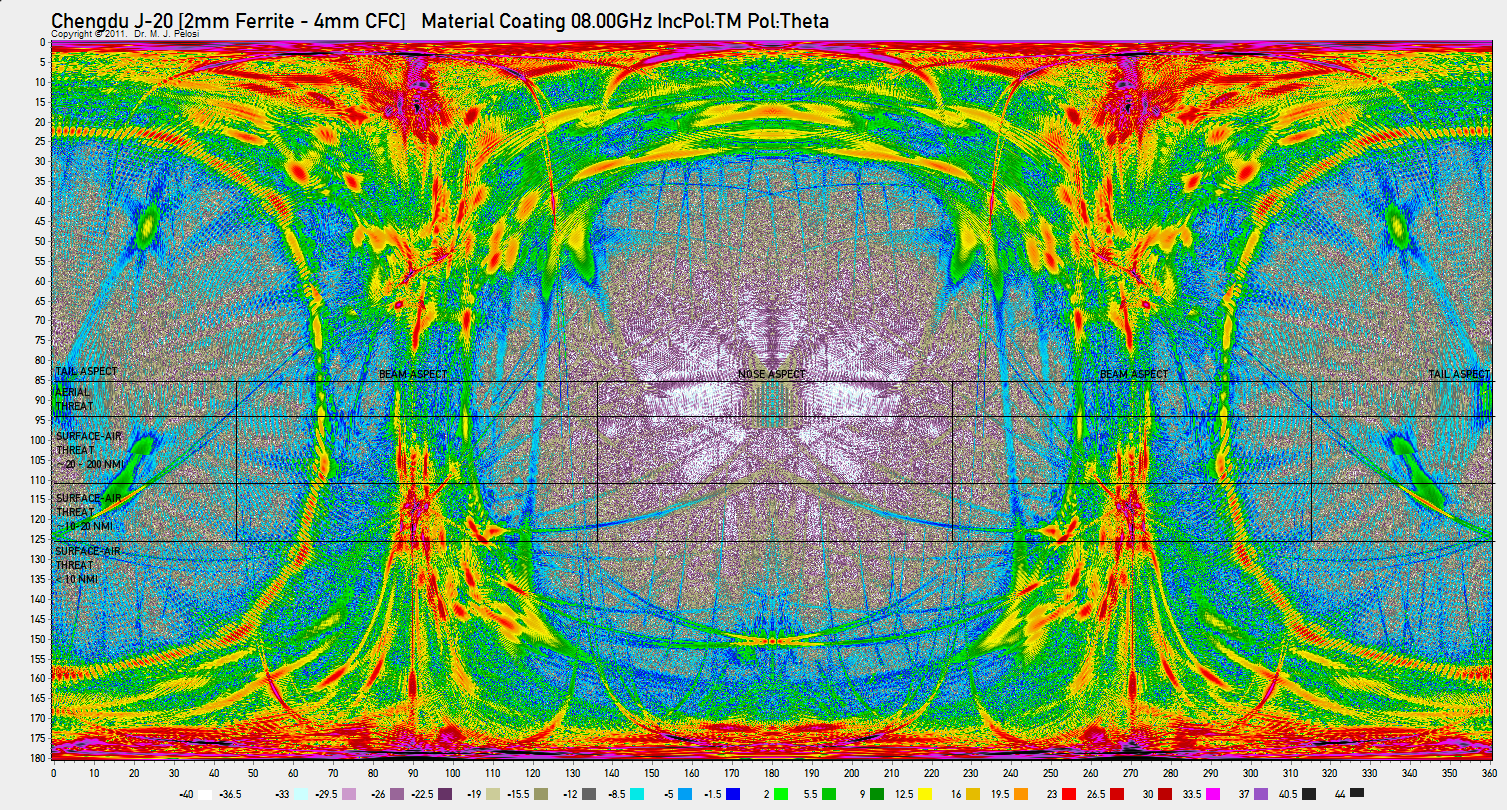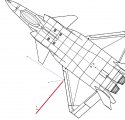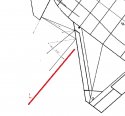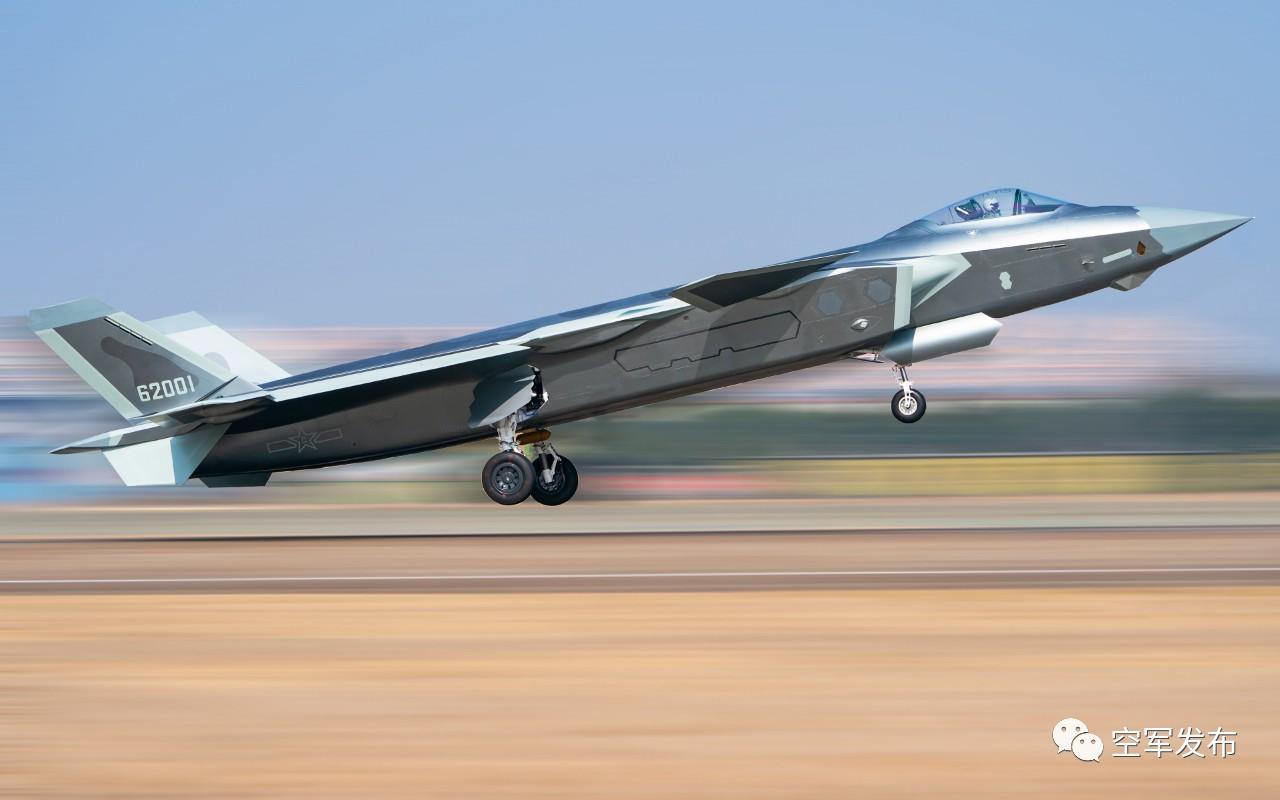I've already put out the bad faith accusation on you, so if you regard me as such, it's just turnabout as being fair play. But let me talk about the dedicated interceptor straw man:
No talk about "dedicated" interceptor.
The ausairpower articles that were among the least bad analyses of J-20 that initially emerged.
They completely got it wrong as to estimating J-20's length, but I do not have major issues with their premises. At the very least they do the job of acknowledging that J-20 is intended to provide good maneuver performance in transonic and supersonic speeds.
In any case I'm not sure why you bring up the ausairpower article. I've never criticized their articles for their commentary regarding J-20's role, because their assessment of J-20's role was likely a result of their incorrect assessment of J-20's size.
edit: at the very least I've never specifically focused on the ausairpower articles WRT their assessment of J-20's role. I have criticized them for their incorrect estimate of J-20's length but I've also credited them in the past for acknowledging J-20 was designed to be maneuvrable.
Agility is prefixed with "perhaps", and the statement about the F-22, when we consider the underpowered engine and the TVC advantage of the F-22, is fairly reasonable. More problematic is the "fighter-bomber" statement, but this is based off incorrect information as the difference between China-watchers amateurs and professional analysts is that while both sides came to the 22 meter conclusion immediately, the professional analysts took more time to realize the J-20 was shorter and wider than they thought.
In both sources, nowhere is the J-20 described as a dedicated interceptor or strike aircraft. That's your words that's being piled on.
I never suggested those specific two articles were the subject of my criticism.
What I said was that there were various mainstream defense media writers who described J-20 as a dedicated interceptor or a striker.
Here are a few examples of the articles from the time, which suggested the role of J-20 was either "optimized"/"designed for the interceptor role or the strike role or both, or that those roles are the aircraft's primary role:
But if the J-20 is strictly an interceptor, what kind of interceptor will it be—and how might the People’s Liberation Army Air Force employ it in future conflicts?
On balance, then, the J-20 seems most likely to be meant largely as a ground-attack aircraft, specifically for operations along China’s borders and over Taiwan.
In my view the Chinese designers optimized their new jet for M=1.4-1.6. Here comes the clue: the J-20 is a missile launching platform able to evade enemy interceptors by means of a high cruise speed. The J-20 may prove a good interceptor, - very possibly. But its main task seems to be anti-shipping: firing missiles at enemy warships while denying their air defense cover.
The jet’s real threat is its ability to use what little stealth it does have to penetrate a conflict zone and attack aircraft supporting front-line combatants, like refueling tankers and AWACS surveillance airplanes, and other big targets.
Aviation analysts Mike Yeo and Chris Pocock that based on the emphasis on frontal-aspect low visibility the J-20 is meant to be a long-range interceptor.
According to Davis, the J-20 is “not a fighter but an interceptor and a strike aircraft,” that doesn’t seek to contend with US jets in air-to-air battles.
So yes, I think I'm pretty justified to say that such a narrative did exist, and still exists in some corners as well, considering virtually all of those articles suggest the aircraft's primary role is either interception, or strike, or both, with some suggesting it is a result of the aircraft's design.
And as far as the AVIC sign goes, it, notably, is not describing the J-20 as an air superiority fighter, but rather as a heavy 5th gen aircraft that can seize air superiority, intercept, escort, and deep strike.
Yes, it is an air superiority fighter that can conduct interception duties, escort duties, and deep strike duties.
I'm sure you recognize the fact that an aircraft capable of conducting the air superiority role can also do interception, escort, and deep strike, but that an aircraft capable of conducting interception and deep strike and escort may not necessarily be capable of doing the air superiority role.
Last edited:






